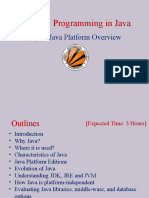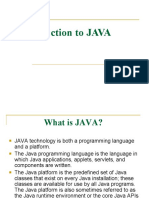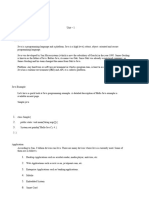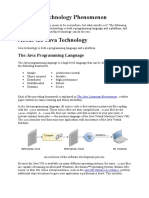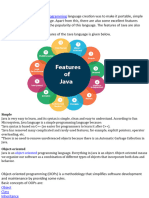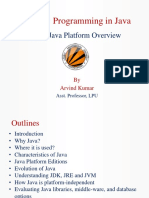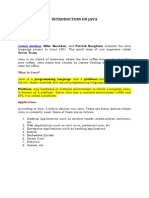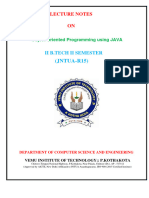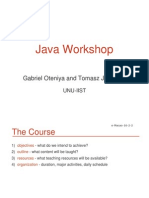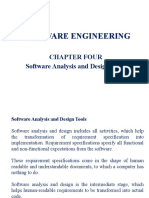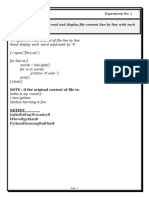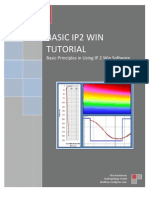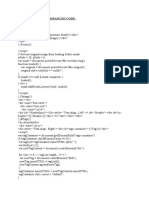0% found this document useful (0 votes)
63 views3 pagesTUTORIAL About The Java Technology
This document discusses the key aspects of the Java platform. It describes Java as both a programming language and platform. As a language, Java is object-oriented, portable, robust and secure. Java source code is compiled to bytecode, allowing it to run on any system with a Java Virtual Machine (JVM). The Java API and JVM together form the Java platform, providing a software-only environment that is independent of hardware and allows the same application to run on multiple systems.
Uploaded by
laura vanesaCopyright
© © All Rights Reserved
We take content rights seriously. If you suspect this is your content, claim it here.
Available Formats
Download as PDF, TXT or read online on Scribd
0% found this document useful (0 votes)
63 views3 pagesTUTORIAL About The Java Technology
This document discusses the key aspects of the Java platform. It describes Java as both a programming language and platform. As a language, Java is object-oriented, portable, robust and secure. Java source code is compiled to bytecode, allowing it to run on any system with a Java Virtual Machine (JVM). The Java API and JVM together form the Java platform, providing a software-only environment that is independent of hardware and allows the same application to run on multiple systems.
Uploaded by
laura vanesaCopyright
© © All Rights Reserved
We take content rights seriously. If you suspect this is your content, claim it here.
Available Formats
Download as PDF, TXT or read online on Scribd
/ 3












